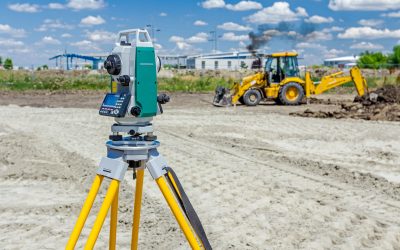Cold heading, or cold forming, is a way to create specific types of parts. Unlike other processes in working with metal where the material is either heated and worked or heated to a semi-liquid state and formed through an extrusion process, cold heading utilizes the metal at room temperature or, with some specific types of alloys, at below room temperature.
The Methods
Cold headed parts are typically simple in shape as they are created through the use of a die and punch system. There are different ways that this can occur, but the most common are known as forward extrusion. In this method the metal, in cold form, is pressed through a smaller die using extreme pressure and force.
The type of metal will be critical with specific shapes. The softer the metal, the easier it will be to create fine or more detailed cold headed parts. For example, aluminum can be forward extruded much easier than stainless steel, allowing for easier manufacturing of smaller or more complex parts using this process.
There are two other methods used to create cold headed parts. These are called backward extrusion, where excess metal is pushed away to make a shape using the same type of application of pressure. Upsetting is the final option and allows for increased detail. Some parts may include all three methods to create the end shape.
The Benefits
The biggest benefit of cosing colhod headed parts is the low cost of production. Without the need for the energy and equipment to heat the metal, there is as much as a 70% reduction in the cost of production.
Additionally, with cold processing, the properties of the metal are not dramatically changed as can occur with heating and hot working. This prevents the need for additional processing after the formation of the parts, also saving money, the need for additional equipment and the time it takes for high volume production runs.

